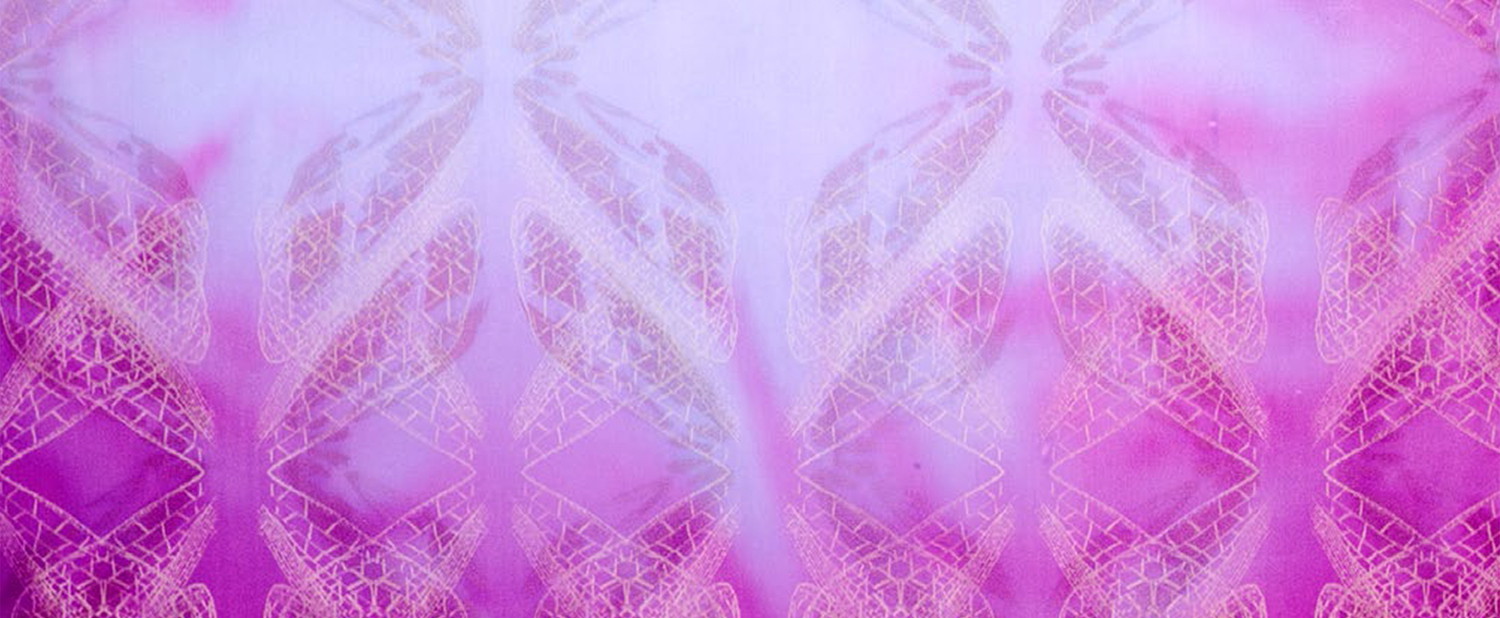
The doctoral theses ‘Thermochromic textiles and sunlight activating systems: an alternative means to induce color change’ examines how the design process in textile design requires further modification when the sun, uncontrollable nature, is used to activate thermochromic textile dyes (leuco dyes), a dynamic surface variable. The thesis focuses on the use of the sun as a dynamic activator, and therefore has sun-screening textiles for both indoor and outdoor use as an application area.
The work has been divided into two categories: the use of solar energy as a direct heater source and the sun as an indirect heat source to power solar cells, which in turn activate heating circuits. The research has resulted in a set of recommended guidelines for textile designers to use in textile printing design processes when creating dynamic effects with thermochromic dyes, moving light and shadow images. In some cases, heating circuits are used which are activated with solar cells.
The effect of the individual components in the design process is to enable the creation of both dynamic patterns/images on the textile surface as well as “an extended imagery”, which can sometimes coexist within a two or three-dimensional space. This thesis also discusses the possibility for textile designers to control an intended aesthetic result, when working with an uncontrollable parameter, such as the sun, in comparison to the “traditional” design process in textile printing.
Ledendal M. (2015) Thermochromic textiles and sunlight activating systems: an alternative means to induce color change. PhD thesis. Heriot-Watt University, School of Textiles and Design. See link to download.


